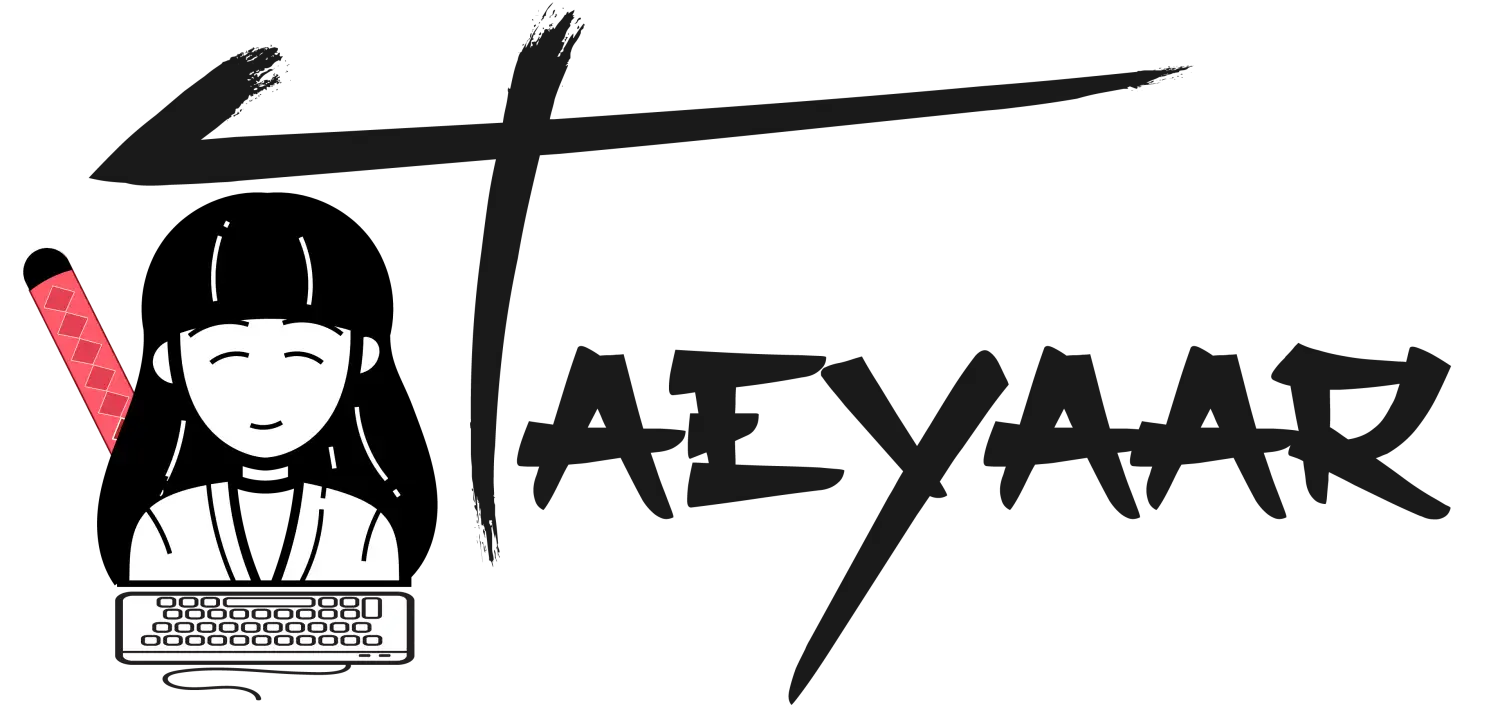

Experience the peace of mind that comes with having a dedicated I.T. team. From expert consulting to support services, I.T. For Less has you covered. Here at I.T. For Less, we're a dedicated team of I.T. solution experts offering tailored solutions for a flat, affordable fee.
VISIT SITE